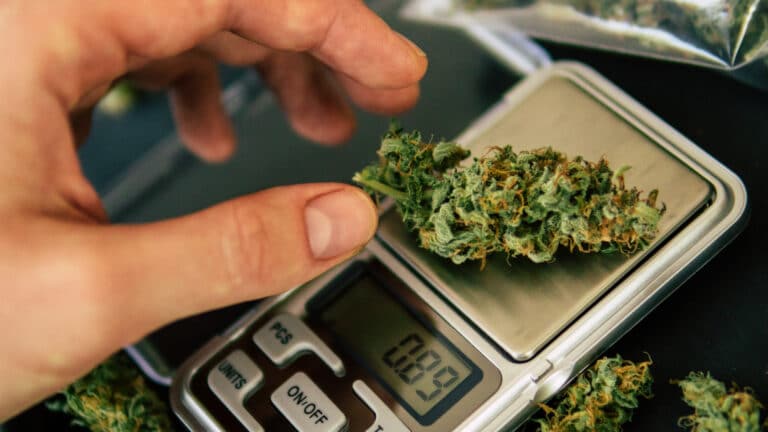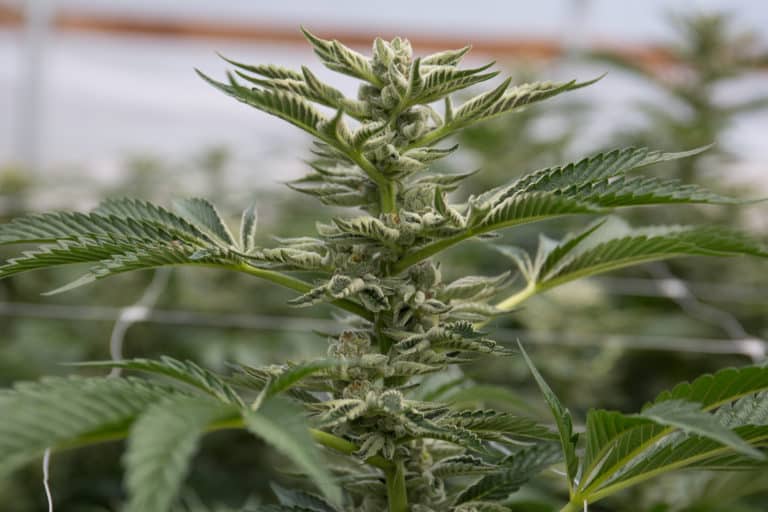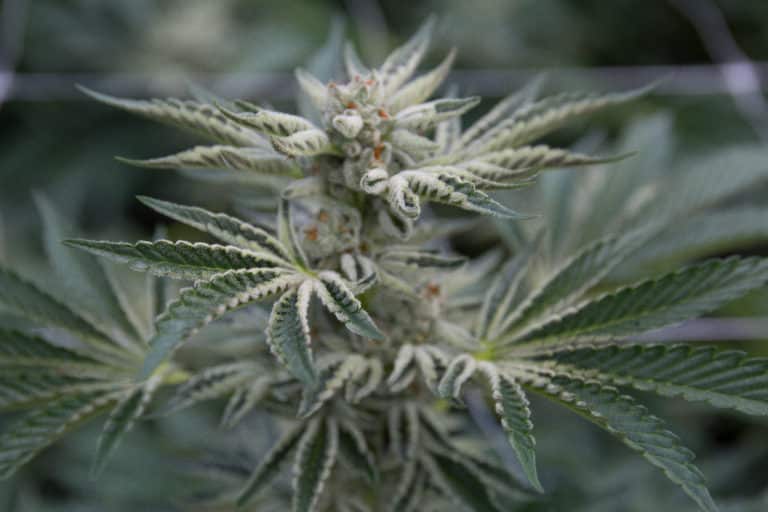Since the transition from a medical marijuana to a recreational/adult-use marijuana laws in the state of Oregon, this has been a highly contested topic between activists, industry professionals, and State policy-makers.
We received this news from the governing authority of the recreational/adult-use marijuana program (the OLCC) just yesterday, and it goes into effect on Monday. I imagine this is welcome news to many of the cannabis growers in Oregon.
From the Oregon Liquor Control Commission (OLCC):
OLCC Approves Medical Bump-Up Canopy for Marijuana Producers–Establishes Sharing Framework between Producers and Patients
Portland, Oregon — The Oregon Liquor Control Commission today [April 28] approved rules allowing growers licensed in Oregon’s Recreational Marijuana Program to grow marijuana specifically for Oregon Medical Marijuana Program (OMMP) cardholders. Under this “medical bump-up” arrangement recreational producers will be allowed to grow additional canopy above what is allowed in their OLCC license.
The new rules allow producers to enter into agreements with OMMP cardholders, however a medical cardholder can only have one assigned grower. Producers that decide to add medical bump up canopy can transfer usable marijuana to an OMMP cardholder.
If a cardholder allows, a producer may transfer excess to other cardholders and caregivers, and OMMP dispensaries and processors. All production and transfer of excess product is required to be tracked in the Cannabis Tracking System (CTS).
“This will be the first medically grown marijuana in Oregon under regulations that meet the compliance guidelines of the federal Cole Memo,” said Marvin Revoal, Acting Chair of the OLCC. “It’s important that we keep legally produced marijuana from being diverted to the illegal market, and again Oregon’s leadership shows that both medical and recreational marijuana can be regulated together.”
The OLCC already allows the sale of medical grade marijuana products by its licensed retailers and those products amount to about 14% of sales in the OLCC regulated environment. Under the bump-up rules up to 25% of the yield grown for an OMMP cardholder can be sold to OMMP processors and dispensaries.
Addressing the concern voiced by patients, doctors, and medical marijuana advocates that the three pound limit would create a medicine shortage for some patients, Commissioner Pamela Witherspoon called on the Commission to adopt an exception process for patients who need more medicine.
Steven Marks, the Commission’s Executive Director said the agency would monitor patients’ ability to obtain their medicine — especially those with serious illnesses, and act to ensure patient access to medicine either in partnership with the Oregon Health Authority, or within the OLCC’s own rule making authority.
“This approach strikes a balance in that it will cover the need of the majority of OMMP cardholders,” said Steven Marks, Executive Director of the OLCC. “At the same time the OLCC wants to help patients who are seriously ill be able to obtain whatever amount of cannabis-derived medicine they need to treat their illnesses and help them maintain or improve their quality of life.”
The OLCC will monitor the implementation of the bum-up canopy rules and if necessary adjust the rules as the agency learns more from producers and OMMP cardholders who participate in the bump-up program. The bump-up rules take effect on May 1, 2017.









